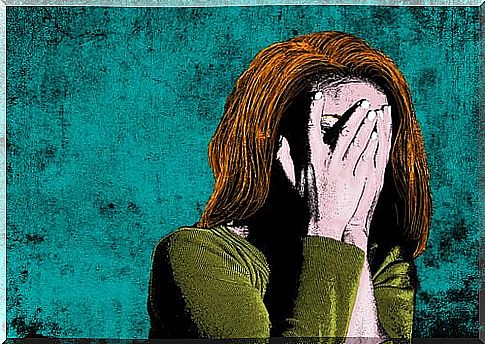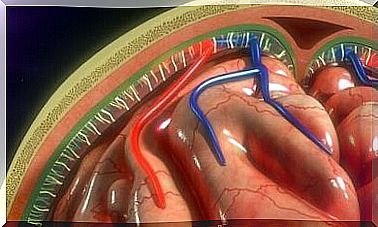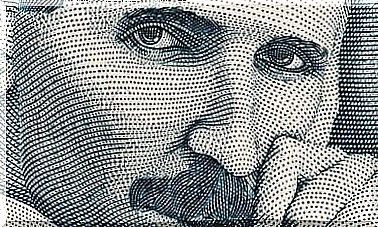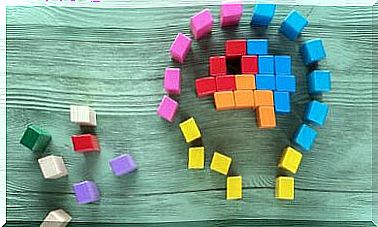Do You Know The Effects Of Marijuana On The Brain?

A few minutes after smoking marijuana, the heart rate quickens, the blood vessels dilate, the eyes turn red, the blood pressure rises… It is obvious that the consumption of marijuana causes changes in the body.
However, the changes that marijuana generates in those who use it do not occur only at the physical level, but also at the mental level. The effects of marijuana on the brain are well known. Even though we find few people today who do not know what marijuana is, it is still worth stopping for a moment and remembering what exactly this substance is.
What is marijuana?
Marijuana, or cannabis, is a green or gray mixture of dried flowers and leaves from the hemp plant. There are more than two hundred terms to designate it. Among them we find the terms shit, weed, weed, etc.
Marijuana is the name Mexicans gave to Indian hemp. It is a species of moraceae having the appearance of a fine nettle. It is about four feet tall and can be grown anywhere the weather is hot. The properties of cannabis have made it a plant with many uses and a great tradition. It is used for recreational (drug), medicinal and industrial (as a raw material).
Cannabis originates from Central and South Asia. The Assyrian people used it in their religious ceremonies and named it after “qunubu”. Indeed, cannabis has an ancient history in religious rituals around the world.
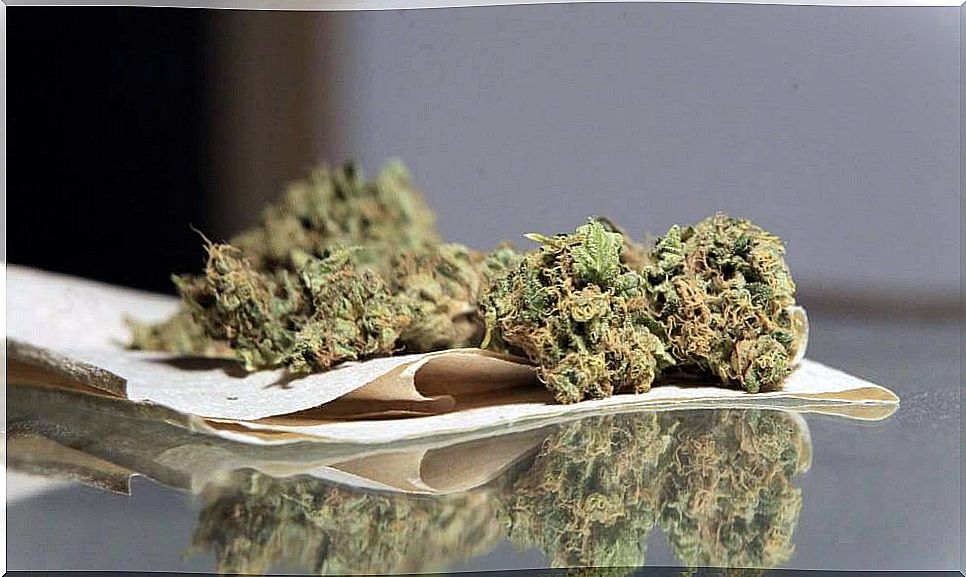
Tetrahydrocannabinol: the main psychoactive compound in cannabis
The main active chemical in marijuana is THC (delta-9-tetrahydrocannabinol). THC is the main psychoactive compound in cannabis, among more than 80 different cannabinoids that this plant contains. This is because THC is the most abundant cannabinoid in the cannabis plant.
When marijuana is consumed, whether smoked, inhaled or ingested, cannabinoids interact with various receptors in the brain and the body (which are part of the endocannabinoid system). Therefore, consumption generates different symptoms or signs in consumers.
The membranes of some nerve cells contain protein receptors that retain THC. By interacting with these receptors, THC produces a wide variety of effects on the body, such as feelings of euphoria, relaxation, joy, and more. There are also varieties of cannabis that are used to produce industrial hemp. These varieties contain less than 1% THC and are not suitable for recreational use.
The main effects of marijuana
Marijuana has been used since ancient times due to its physical and mental effects. The effects of marijuana on the brain involve a general change in perception, euphoria as well as improved mood.
Moreover, its consumption increases the appetite and produces the feeling of being “stoned”. Immediate side effects include short-term memory loss, dry mouth, red eyes, reduced motor skills, and feelings of anxiety.
In the long run, marijuana can decrease mental capacity and cause addiction. The immediate effects of marijuana last between two and eight hours and begin within minutes of consuming it, when smoked. If ingested, the effects take between 30 minutes and an hour to appear.
Amotivation syndrome
It has often been claimed that marijuana is a harmless drug. However, the negative effects of marijuana can be numerous and not insignificant. One of these effects, which we don’t usually give too much importance to, is amotivation syndrome. We can include in the term amotivation anything that makes the person addicted to marijuana a true “social patient”.
According to psychiatrist Vallejo-Nájera, the effects of amotivation syndrome go through the following four phases:
- Euphoria. Sensation of weariness and happiness. Tendency to dialogue. Stimulation of fantasy.
- Impulsive hallucination. The fantasies turn into hallucinations coinciding with the loss of notions of space and time. At this point, there are strong emotional charges. The mood swings are extremely intense. This phase becomes more intense when the use of marijuana is accompanied by alcohol.
- Bliss. Pleasant feeling, tranquility and peace. “Neither wish nor fear”. The person falls asleep slowly.
- Drowsiness and torpor. Immediately subsequent phase. The person is totally disabled for a few hours.
The effects of marijuana on the brain according to the World Health Organization (WHO)
The subjective effects begin one minute after the start of inhalation. Its maximum effects (also at the subjective level of the smoker) are reached thirty minutes after smoking. The duration of these effects may be four hours for inhalation and eight hours for oral ingestion. The effect that consumers most often report is the alteration of the notion of time: it seems longer than it actually is.
Acute reactions following the use of marijuana
Acute marijuana poisoning can generate paranoid thoughts, delusions, hallucinations, depersonalization, delusions, confusion, agitation and excitement . Can also occur delusions and obsession with agitation and a violent excitement. These effects disappear within a few hours.
The personality of the consumer also has its influence. Another type of acute psychotoxic reaction is seen in people who seem to be overwhelmed by strong anxiety, fear and panic. These people tend to be restless, depressed, and sometimes reclusive.
In reality, we shouldn’t be joking about drug use, even though we are talking about a drug with a tradition, such as marijuana. Its use has reinforced the onset of mental illness among young people, a fact of particular concern if we consider that it increases the likelihood that the user will at some point have a psychotic attack. In addition, the greater frequency of phenomena such as anxiety and panic attacks is related to its habitual consumption.
Bibliographical references
